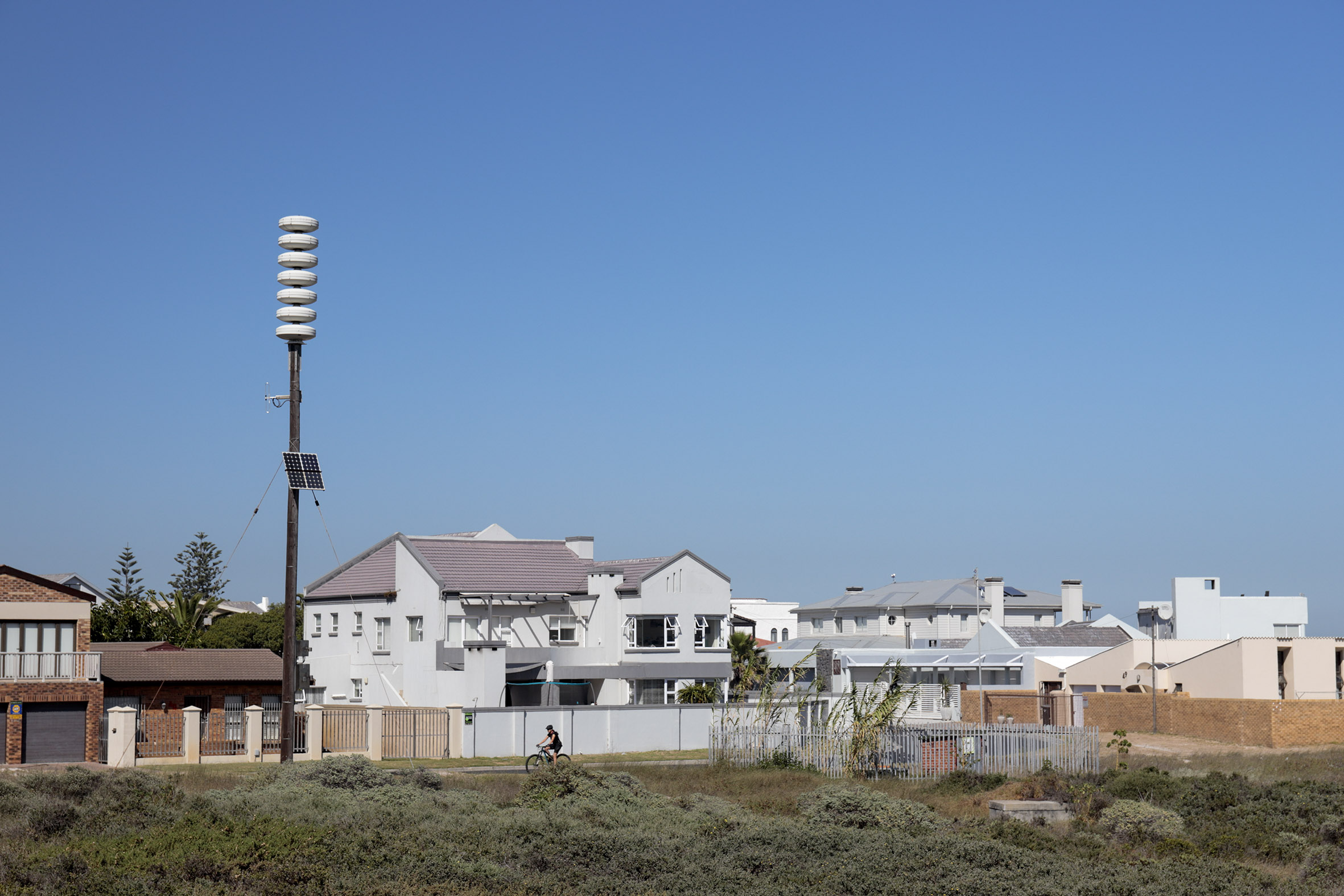Part three | How Koeberg’s history impacts today
Archives show that then, as today, a small group of people are willing to risk a major nuclear accident at the power station despite the fallout we now know would be devastating.
Author:
24 March 2022

Throughout the planning and construction of the Koeberg nuclear power station near Cape Town, Eskom and the Atomic Energy Board (AEB) asserted that the chance of a major nuclear accident occurring was highly unlikely.
They based this assessment on what an AEB representative described as the “risk criteria” for the “possible frequency of the occurrence of a serious accident” in relation to the “magnitude of any hazard”. They said both factors could be accurately determined with modelling and prediction techniques, which showed that the likelihood of a serious accident occurring with widespread negative consequences was “extremely remote”.
They said the AEB would “comprehensively analyse and test” safety features before licensing the plant. Eskom articulated this reasoning in its 1974 publication Nuclear Power Comes to South Africa, where it said “accident situations are avoided by very careful design, construction, testing and operation … Safety equipment is designed to ensure that any … failures and mistakes are automatically detected … Important equipment is duplicated and even triplicated to ensure reliable operation.”
If an “extremely remote” accident did occur, the AEB said predictable “curves of contamination and injury by radioactivity being emitted from the site could be drawn on a distance scale”. In addition, it boldly confirmed that any “radioactivity in dangerous concentrations would be limited to a distance of about 1km from the site”.
read more:
The flaws in both arguments, then and now, are manifest and deeply concerning. As the pioneering work of American sociologist Charles Perrow shows, serious accidents will occur at nuclear power stations because it is “not feasible to train, design or build in such a way as to anticipate all eventualities in complex systems where the parts are tightly coupled”. In short, we can’t possibly plan for all eventualities through design, because we don’t know what we don’t know. Operator error combined with gaps in knowledge (ignorance) caused the nuclear accidents at Three Mile Island and Chernobyl.
We also know from Chernobyl and Fukushima that radiation cannot be neatly managed and contained. Some of the worst contamination from Chernobyl was experienced in Belarus, hundreds of kilometres from Chernobyl. And while some farmers continued to farm safely in parts of Ukraine, others thousands of kilometres away in Wales waited 26 years before their land became safe. Radiation flows in rivers, it is carried by the wind and dispersed by the tides, and animals and plants absorb it in entirely unpredictable ways because, as sociologist Barbara Adams says, radiation “perforates spatial and temporal boundaries”.
Every time a nuclear power station is built or its operating life extended, what is really happening is that a small group of people – largely engineers and politicians, the technopolitical state – decide that the chance of a serious nuclear accident occurring is an “acceptable risk” that society must endure to reap the supposed benefits. In this way, the dangers of nuclear power become normalised and entirely socialised.
This narrative played out in South Africa with Koeberg, as is evident by the economic compromises made during its construction. It was positioned close to Cape Town to minimise transmission costs and what archives reveal is that safety features installed at the plant were also subject to economic considerations.
Flawed thinking
At several site investigation committee meetings in the late 1960s and early 1970s, representatives from the AEB stressed repeatedly that there would always be “economic limitations as far as engineered safeguards are concerned”. In a telling exchange at one such meeting, a government representative from Cape Town was asked to refrain from using the term “maximum safeguards” on the basis that the power plant had to be affordable. As Eskom’s chief nuclear engineer said, “We are attached to build this station because we have shown it to be an economic proposition. We plan it to be in the interests of the country. It is only economic provided, obviously, that one can keep the cost down to the absolute minimum.” The AEB confirmed this position, saying that to make the plant “economic”, the approach to safety had to be “practical”.
When asked by a representative from the City if the plant would be safe within these limitations, an AEB representative said: “I’m sure it will be safe. We would not license it otherwise.” This was the same representative who acknowledged earlier in the same meeting that a “very big accident” was always a “problem” that had to be considered, no matter how remote.
These exchanges reveal that the apartheid state was willing to risk a major nuclear accident because of the alleged economic advantages that would flow from a nuclear power station in Cape Town, just as the current post-apartheid state is willing to take the very same risk with its plan to extend the life of the ageing Koeberg plant.
read more:
Both decisions reveal flawed thinking because they assume that risks can be calculated and mitigated. But as history shows us, the risks cannot be fully mitigated and the consequences cannot, in the words of the late sociologist of risk Ulrich Beck, “be delimited, specially, temporally or socially” because they are “large-scale hazards” that undermine the “foundation of the calculus or risk”.
This is a reality that should be at the forefront of the National Nuclear Regulator’s decision-making when it considers the controversial plan to extend Koeberg’s life no less than 20 years after it was supposed to be switched off and decommissioned.




